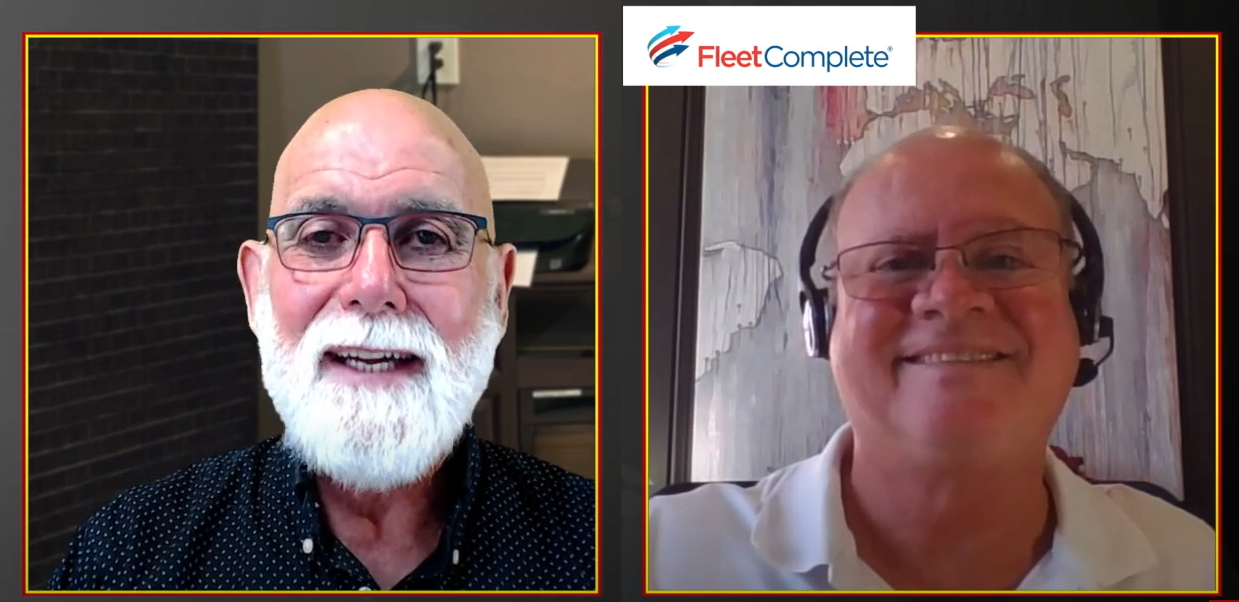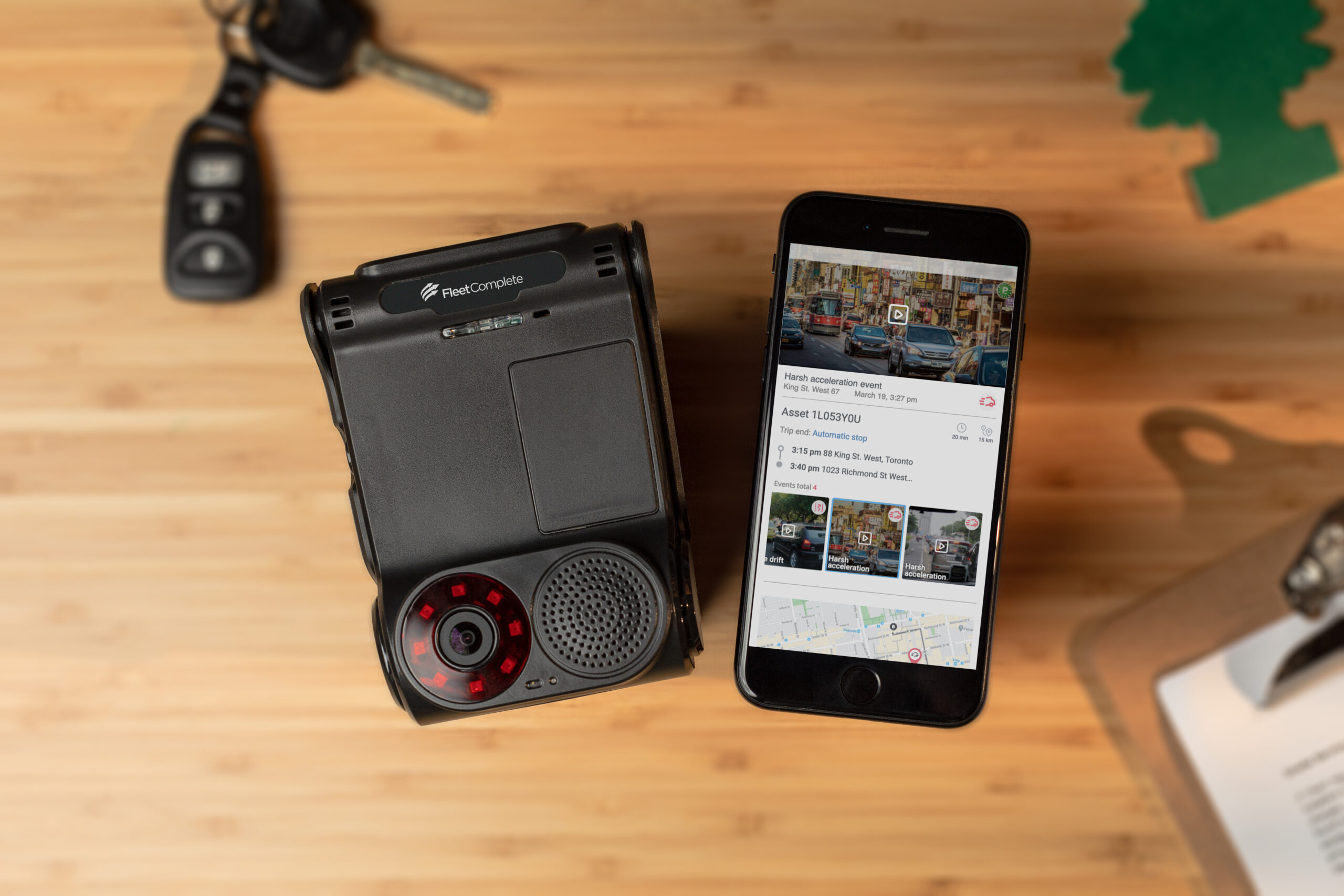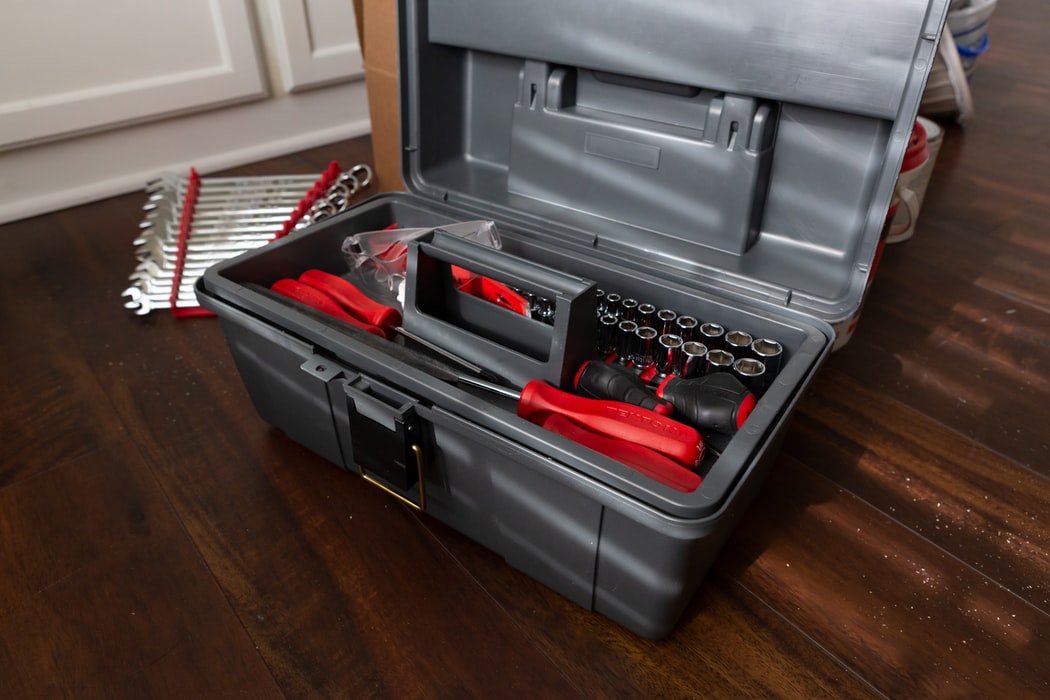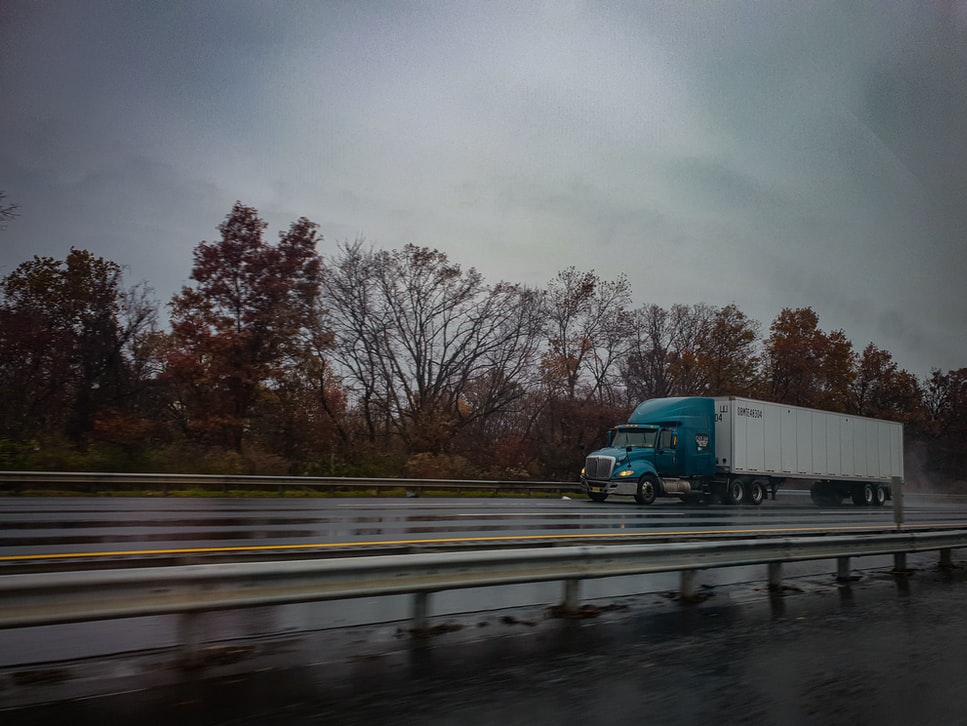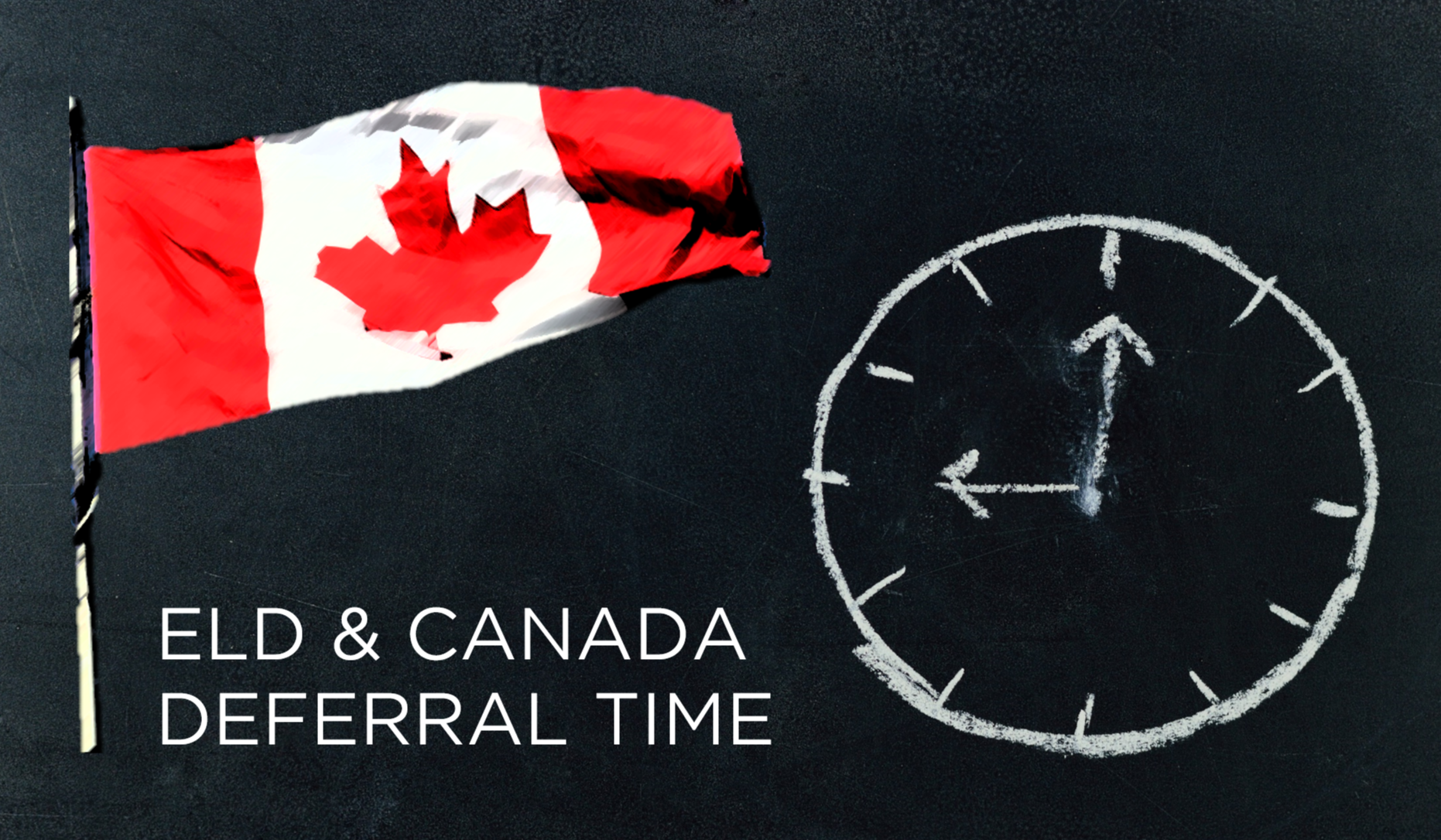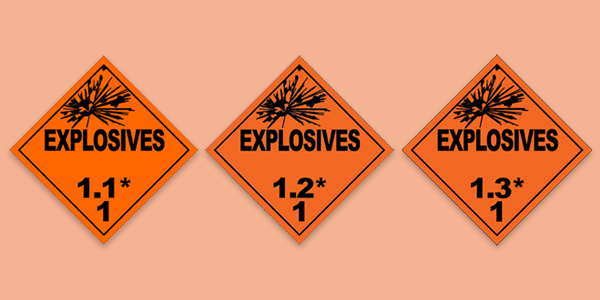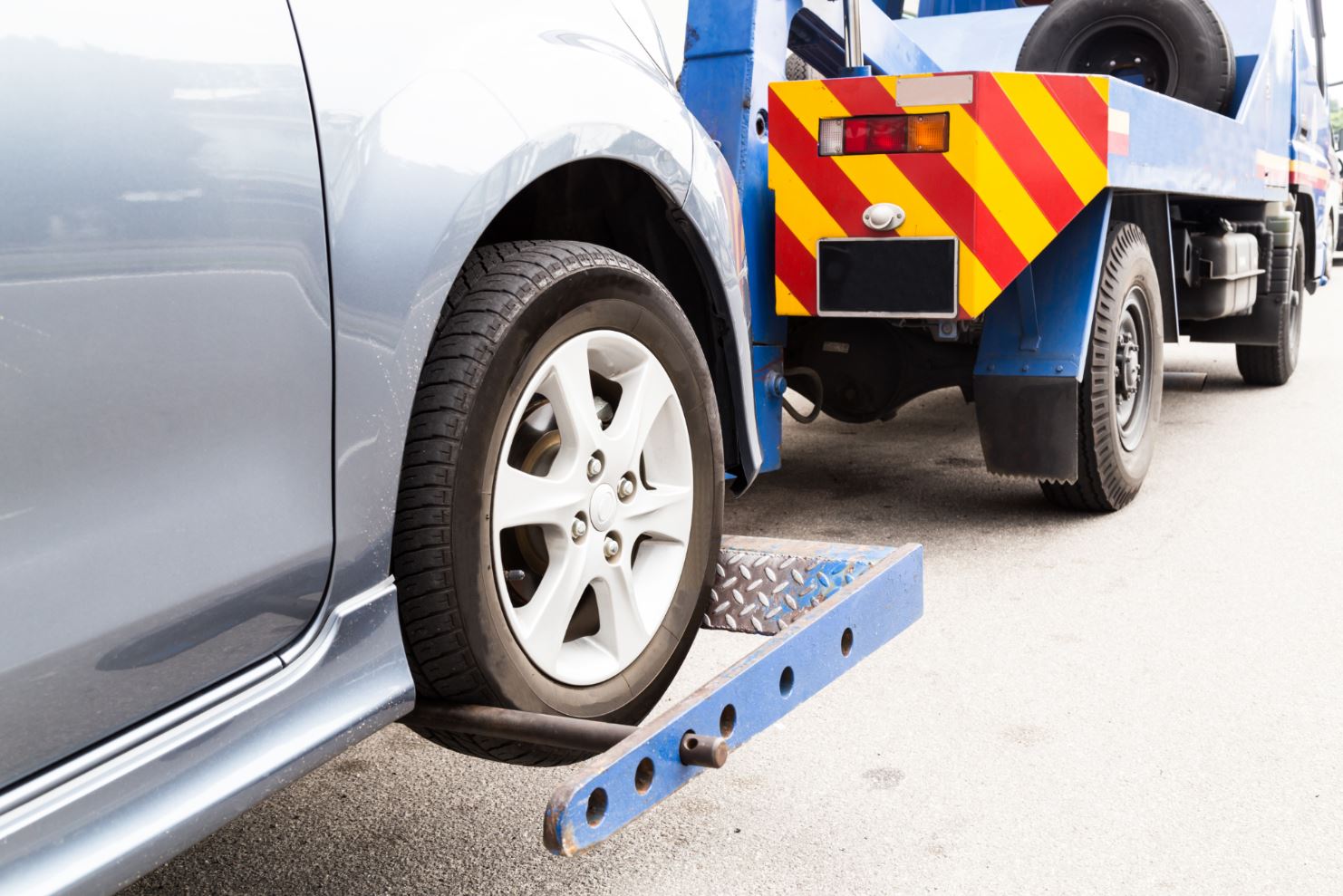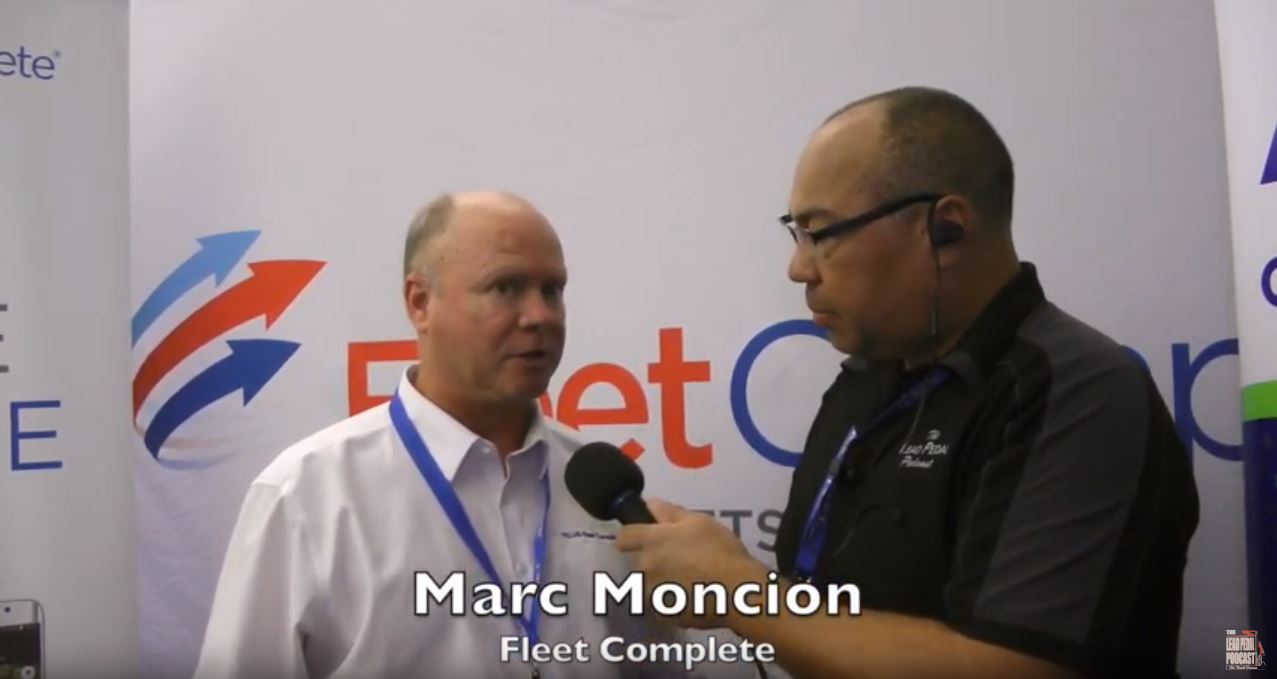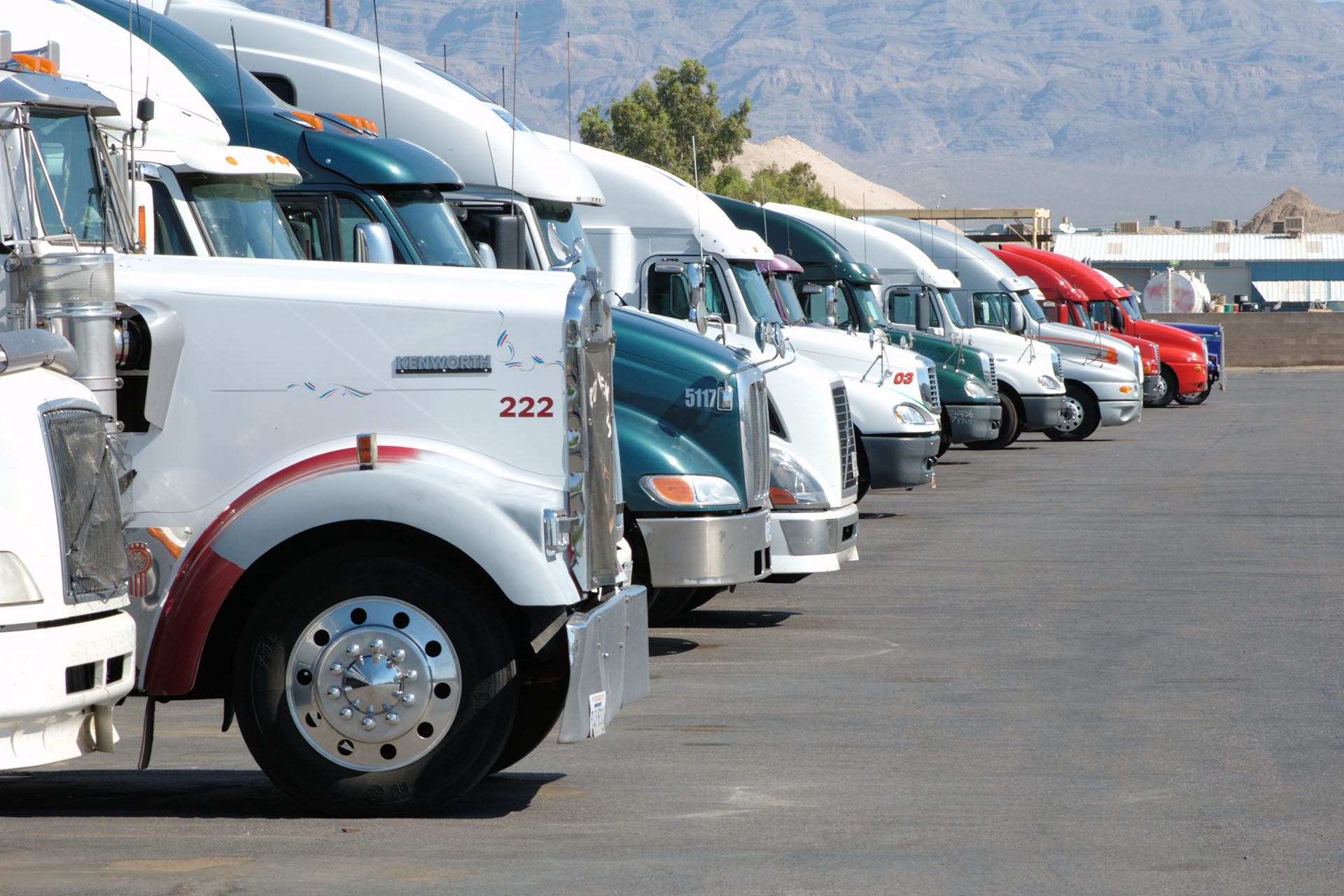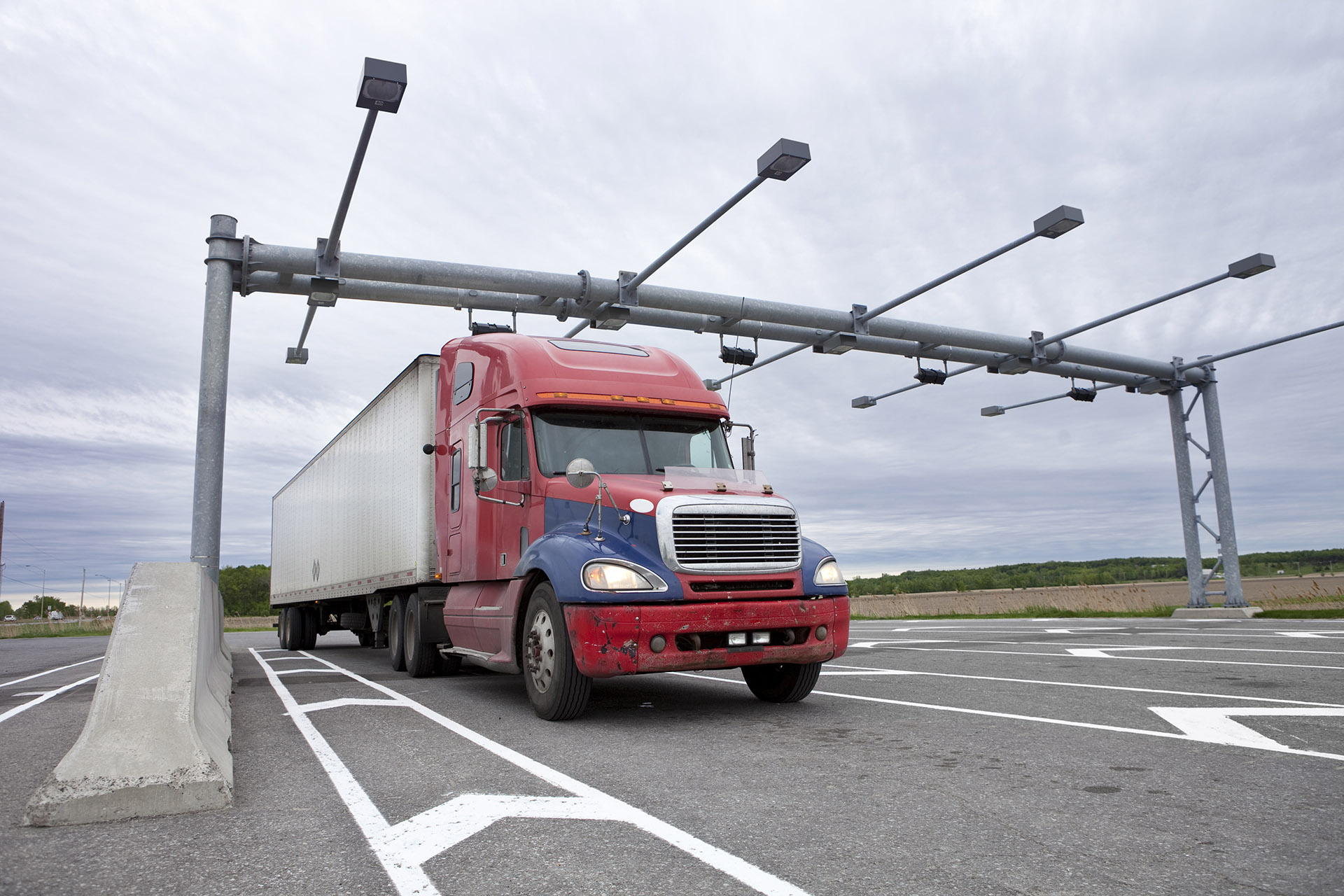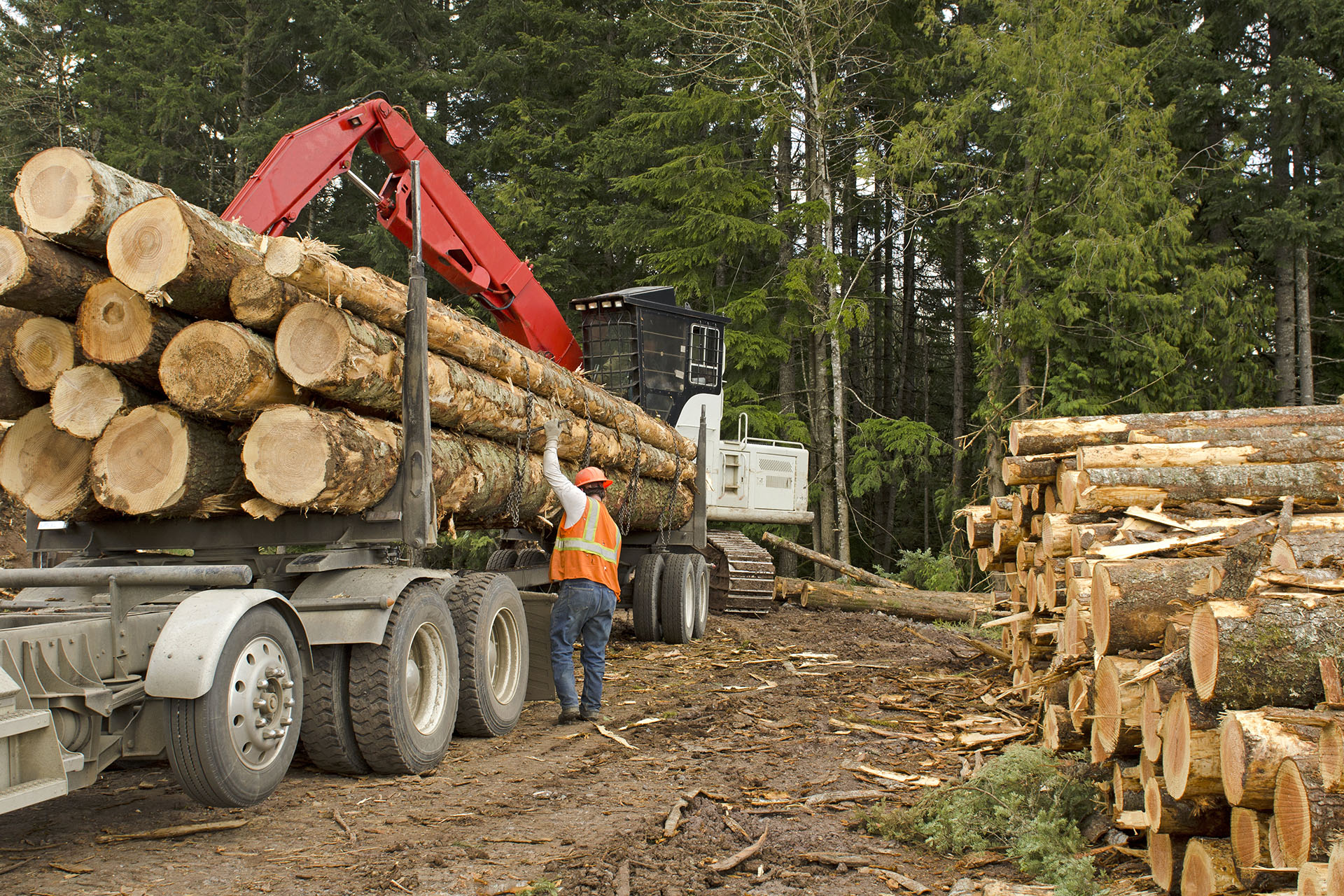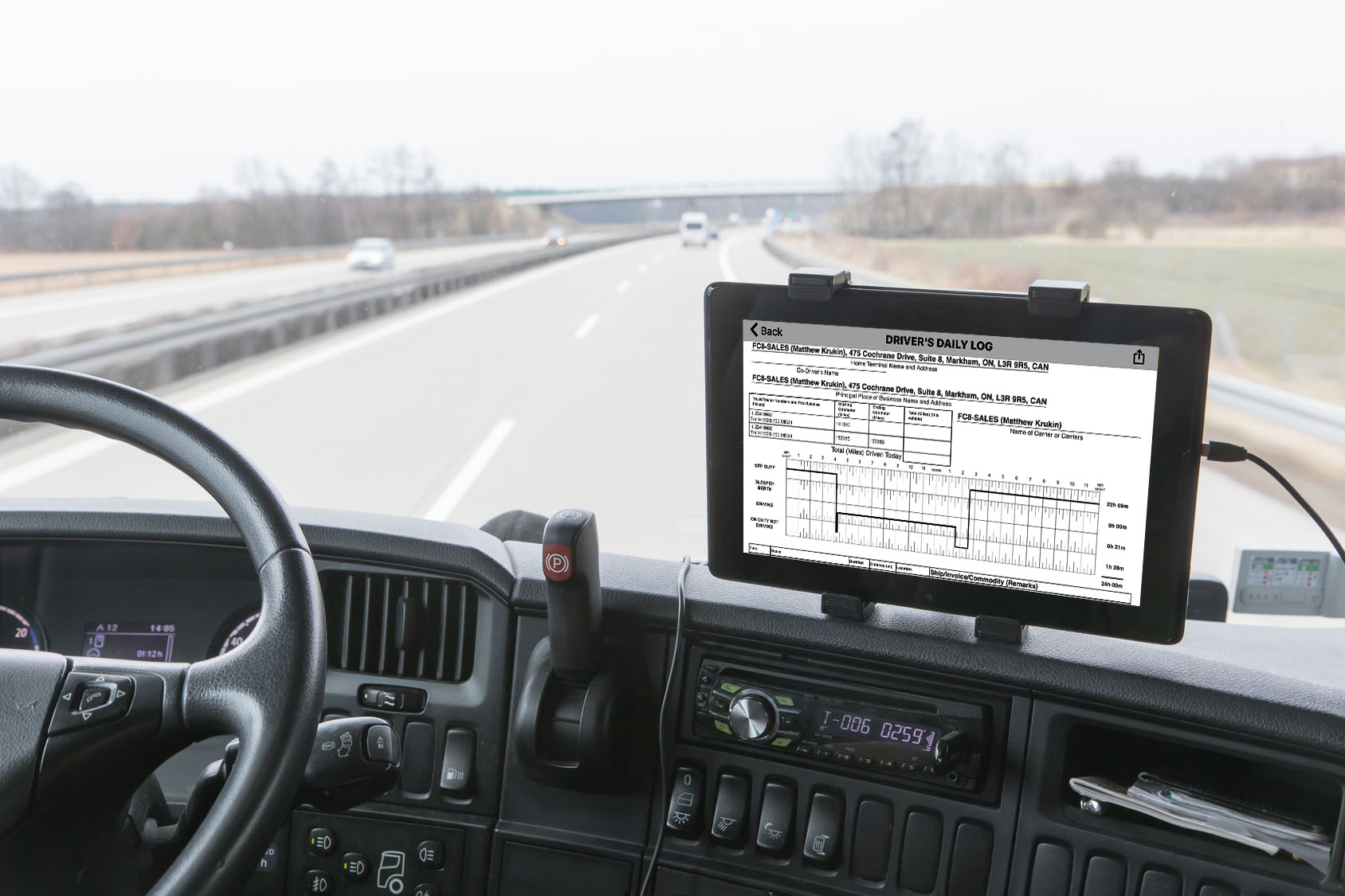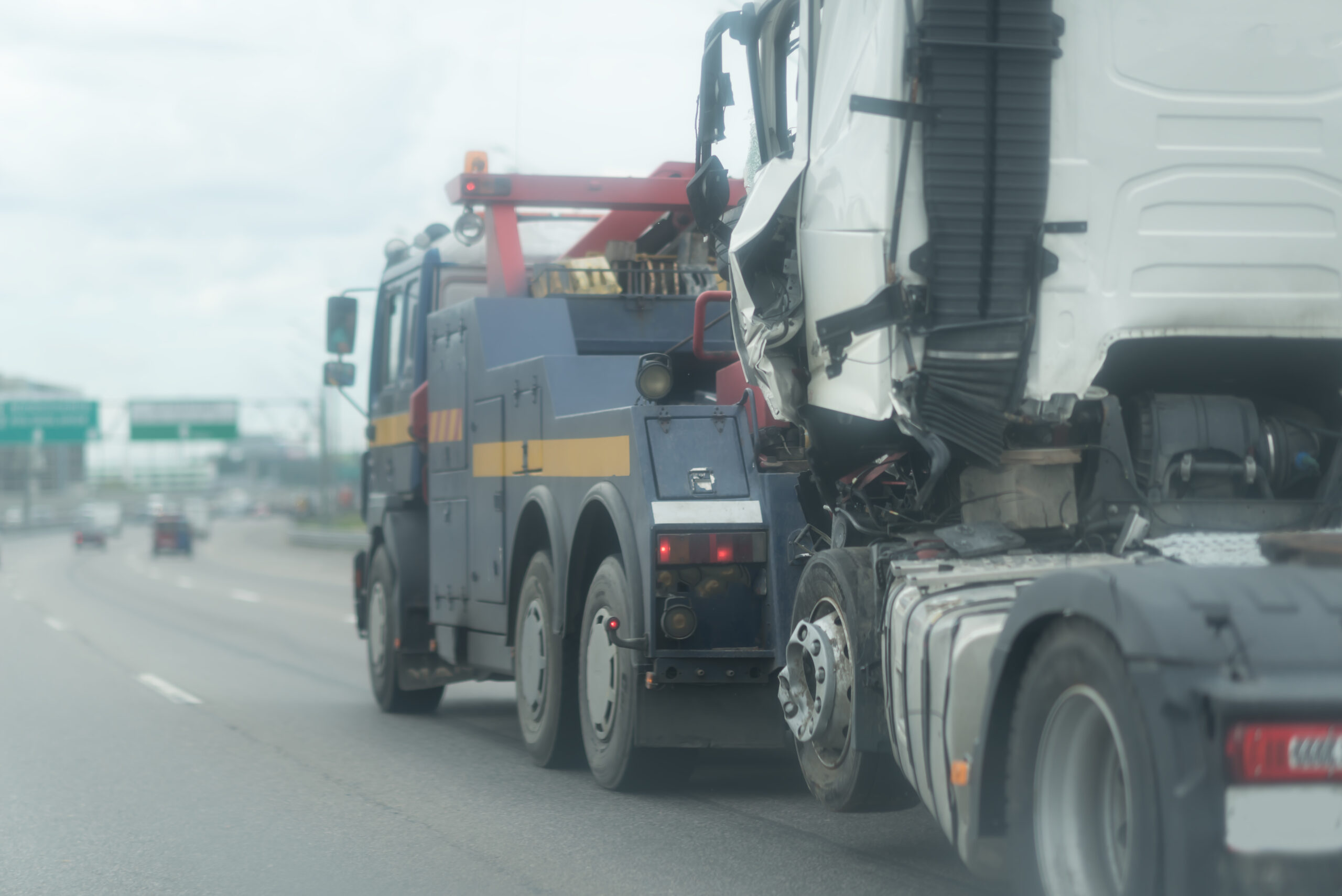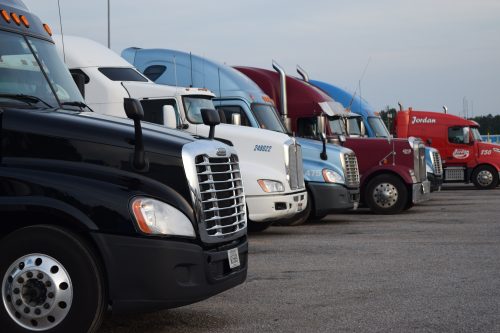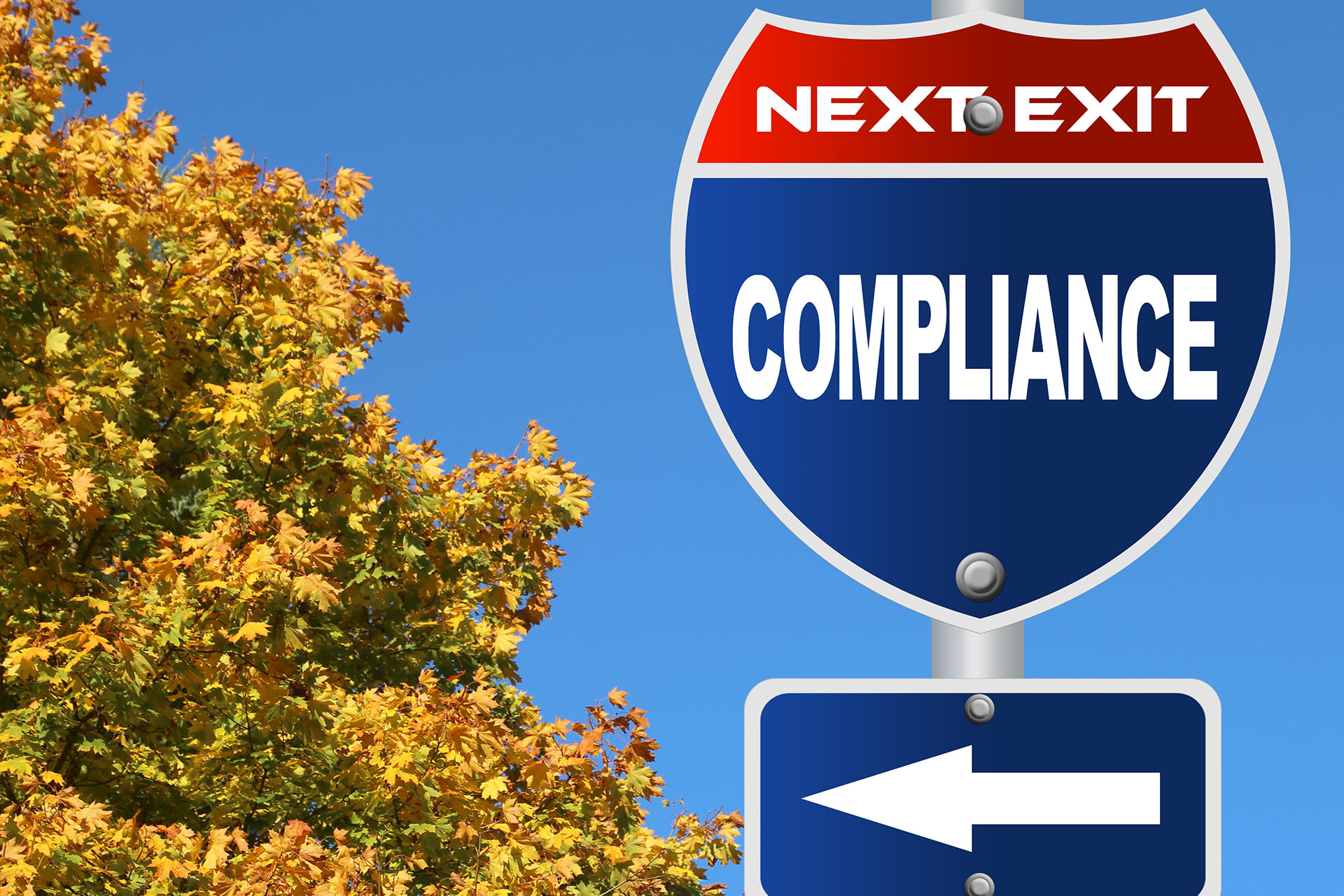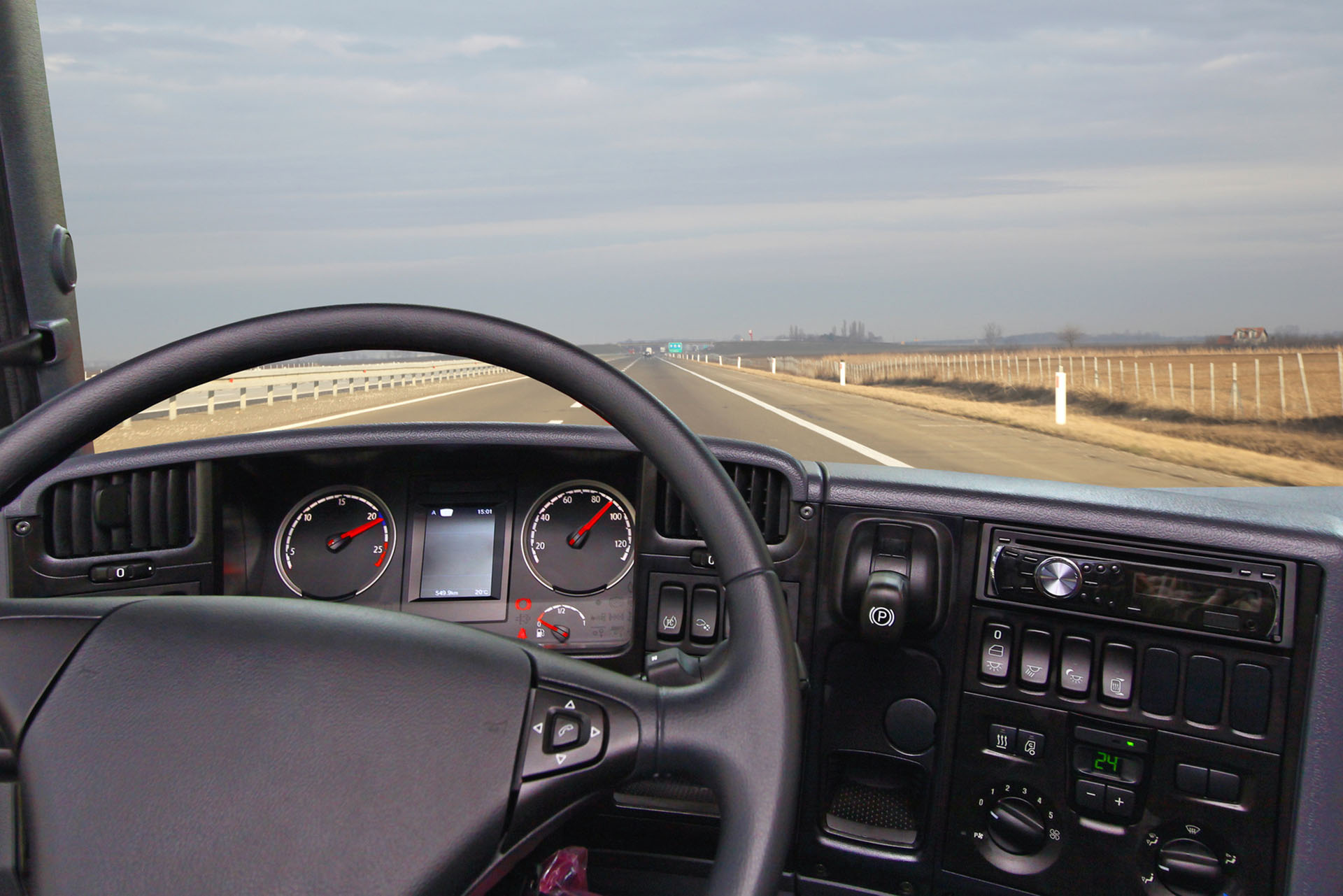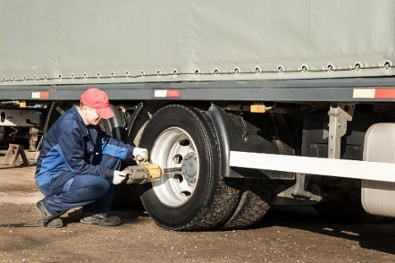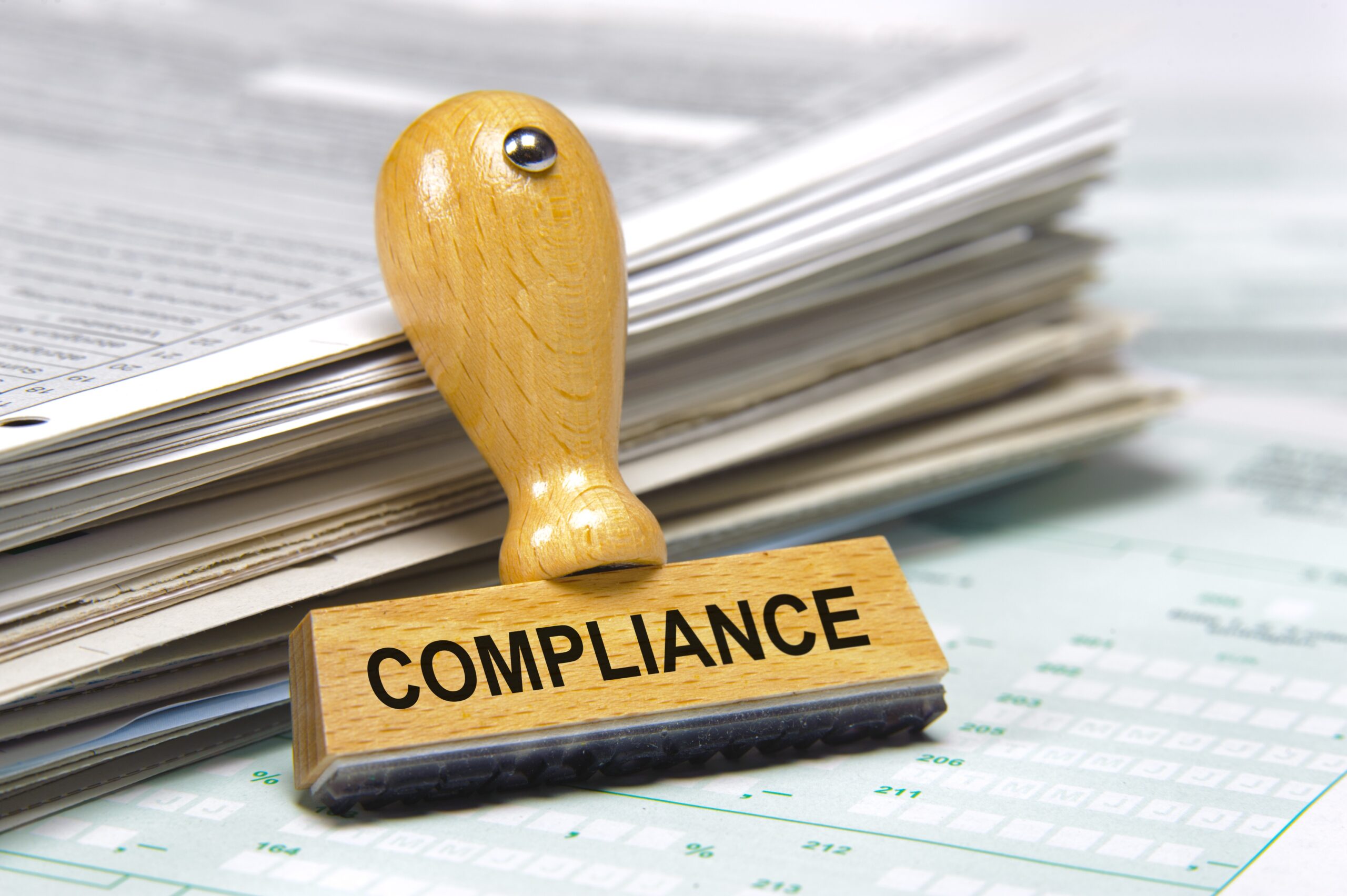Chris Harris, The Safety Dawg, hosts “The Dawg On-It Trucking Pawedcast” where he interviews influential trucking insiders for their insights and in-depth knowledge. On July 10, 2020, Chris sat down with Marc Moncion to talk about ELDs in Canada and the U.S.
Below, you can have a look at the abridged version of the interview, or take a listen to the podcast to find our the latest news on the ELD mandate. You will find helpful links and resources to ensure you’re well-prepared for the oncoming ELD in Canada.
Chris: Give our listeners and viewers a brief bio/background.
Marc: Quite simply, transportation health & safety compliance – and all associated products and services – have been in my DNA from origin to destination throughout my life. I eat, sleep, and breathe these values at home, work, and play.
I have worked in the Public and Private sectors in transportation for over 30 years now. I am currently the Vice President Safety, Compliance & Regulatory Affairs for Fleet Complete for the past 4 years.
I am considered is an industry subject matter expert who has worked in numerous senior transportation management roles for over 25+ years.
This includes the Internet of Things (IoT), private and for-hire trucking, waste management, commercial transportation insurance, as well as a DOT Inspector, Auditor, Investigator and Accident Reconstructionist.
I have previously worked with the Canadian Trucking Alliance, the Ontario Truck Association and l’Association du Camionnage du Quebec in the writing of three trucking books on the Transportation of Dangerous Goods/Hazmat in English & French, as well as Hours of Service in Canada.
I have sat on several Federal/State/Provincial regulatory bodies and I am currently a member of the ELD Certification Stakeholder Advisory Committee Member assisting the Canadian Trucking Alliance, Transport Canada and the Canadian Council of Motor Transport Administrators (CCMTA) in drafting the 3rd Party ELD Certification functional requirements.
I have several Licenses and Certificates. This includes being a fully licensed CDL holder, and I am legally allowed to drive all types of commercial vehicles in North America.
I am very active on social media, with over to 15,000+ LinkedIn followers and 2,000+ on my Discussion Group ‘Transportation Safety Professionals’.
CH: What can you tell us about the new Canadian ELD rules and the 3rd party certification process?
MM: The following is newsworthy items that Transport Canada has shared through social media ever since Federal Transport Minister Marc Garneau’s Canada ELD announcement in June 2019.
I do sit on the ELD Certification Stakeholder Advisory Committee. I have sat in on meetings at the committee and I have provided commentary back to Transport Canada regarding the ELD functional requirements.
I do believe that Transport Canada is on pace toward introducing the 3rd Party ELD certification process, notwithstanding the COVID-19 Pandemic.
As you likely know, the Canada Gazette II notice issued by Transport Canada laid out a 12 month-time frame for addressing the complex certification process and then another 12-months for the rollout of the certified ELD software.
A preliminary draft of the test procedures was subsequently sent to me on behalf of Fleet Complete (parent company of BigRoad), following the June 2019 announcement, as a result of Fleet Complete involvement in the Canadian ELD regulatory development.
A more recent test procedures document was also sent to me, based on detailed step-by-step testing requirements, by which certification bodies will test devices and verify compliance with the ELD technical standard. The consultation package also included suggested testing protocols (simulation, benchtop, in-vehicle, etc).
Based on a series of meetings held with key internal stakeholders at Fleet Complete, I have forwarded comments on behalf of Fleet Complete back to Transport Canada on the proposed ELD step-by-step testing requirements.
Transport Canada indicated that the logistics of the certification regime is close to being completed, and that a final review of the ELD Technical Standard for Electronic Logging Devices is complete.
Transport Canada has, in the meantime, created an ELD What You Need to Know Weblink that provides a single source location for all developments on the transition to ELDs in Canada, the accreditation process for certification bodies and what ELD manufacturers / suppliers need to know at this stage.
Transport Canada has also drafted Canadian ELD Standard – Frequently Asked Questions and an Infobyte on Canada ELD that you want to review.
The next phase launch of the website will include information for motor carriers, drivers, enforcement and generally people involved in cross-border transportation.
The tables with the registry of accredited certification bodies and listing of certified ELDs are there now as place markers, and certified ELDs will be populated as information becomes available.
CH: Are there any changes to the Canadian rules coming?
MM: I have not heard any rumblings about that. I am hopeful they’ll amend the rules to make them more consistent throughout Canada. I am also hopeful that they will soften the personal use conditions that are more restrictive now than in the U.S.
Currently in Canada, commercial drivers, who are subject to the Hours of Service regulations, are limited to 75 kilometers (47 miles) of personal conveyance per day (logged as off-duty) if the vehicle has been unloaded and trailers have been unhitched.
The 75 kilometers is actual distance traveled, not radius distance.
Drivers are also required to keep track of the personal conveyance starting and ending odometer readings and subtract that distance from the total distance traveled for the day.
I also hope that the respect Transportation Ministries have more rest areas for truckers who use the Sleeper Berth privileges, as this is clearly going to be a problem, particularly in remote areas in Northern Canada.
CH: What do you think of the recently announced changes to the US Hours of Service?
MM: As you know, FMCSA published its long-awaited HOS Drivers Final Rule on changes to 49 CFR Part 395.
These changes are supposed to take effect 120 days after date of publication in the Federal Register, which would be on or about the end of September 2020. I heard 29 September, 2020, but nothing official as the date from FMCSA yet.
I alerted our Fleet Complete Product Team of this amendment, and they are underway with the necessary rules engine changes to the BigRoad ELD solution.

I also heard that the clock swiftly ticking toward the current highway funding law’s Sept. 30 expiration, the U.S. proposed a possible successor to the 2015 FAST Act.
Relative to trucking, the bill would derail this just-finalized rule by the U.S. Department of Transportation to institute changes to hours of service regulations by halting the regulations from taking effect, until DOT can undertake months of studies and reviews, if not longer.
So I am, as others, awaiting official wording from FMCSA if/when this Regulatory Change is going to happen or not. Once official, I will write a blog on this subject that will be posted at Fleet Complete and BigRoad.
This final date for proclamation of the HOS rule changes is now dependent on whether any petitions for reconsideration of the final rule are submitted by affected stakeholders to the FMCSA.
Bottom line for me is that HOS is so contentious that you’ll never make everyone happy.
I personally believe that the HOS changes should provide greater flexibility for drivers in the U.S. subject to those rules without adversely affecting safety.
I only wish that Governments on all sides of border would agree to common rules, so that the same rules would apply everywhere.
As I’ll describe later, some stakeholder group like the amendments, while others don’t think FMCSA went far enough, while other groups think they have gone too far.
As backgrounder, the American Trucking Association, which represent more than 37,000 members including every type of motor carrier in the United States is a strong proponent of both ELD and the HOS amendments.
The same goes for the Truckload Carriers Association (TCA), which represents the truckload segment of the motor carrier industry including dry van, refrigerated, flatbed, tanker, and intermodal container carriers in the U.S.
I have heard rumblings in the U.S. that the final rule could soon face legal challenges from the International Brotherhood of Teamsters, and Citizens for Reliable and Safe Highways (CRASH) oppose the HOS amendments citing a decrease in truck safety.
The Teamsters believe this amendment will not only negatively impact on truck safety but may result in a drop in the number of members that will join and/or stay with the Teamsters.
Citizens for Reliable and Safe Highways (CRASH), which is essentially an International Railway Lobby has been advocating for more trucking regulations to encourage shippers to move freight away from trucks an onto the railway.
CRASH tries to accomplish this goal by advocating for a reduction in the number of deaths and injuries caused by truck-related crashes, providing compassionate support to truck crash survivors and families of truck crash victims, and educating the public, policy-makers and media about truck safety issues.
The Owner-Operator Independent Drivers Association (OOIDA), which is an international trade association representing the interests of about 160,000 independent owner-operators and professional drivers all 50 states and Canada, who collectively own and/or operate more than 300,000 individual heavy-duty trucks and small truck fleets are also opposed to the HOS reforms.

They believe the HOS amendments don’t go far enough to provide their members with the HOS flexibility to make money.
As you likely heard, the OOIDA were front and center in Washington DC to protest a number of perceived grievances.
In no particular order they were protesting current Freight Broker rates, the Economic Strain of Coronavirus Pandemic, ELD, and HOS Reforms.
If any of the above groups elect to proceed with this legal challenge, proclamation of the Final HOS Rule may go beyond 120 days after date of publication in the Federal Register, which was originally planned for in September 2020.
As I mentioned earlier, some agree, others don’t because it will make the roads more unsafe, while others think the HOS changes don’t go far enough.
The HOS rule change has four key features:
1. Extends the maximum on-duty not driving period allowed under the short-haul exception in 49 CFR 395.1(e)(1) from 12 hours to 14 hours. So 2 additional hours.
It also extends the maximum radius in which the short-haul exception applies from 100 to 150 air-miles; So 50 more air-miles.
2. Expands the driving window during adverse driving conditions by up to an additional 2 hours; so from 11 hours of driving to 13 hours of driving.
3. Requires a 30-minute off-duty break after 8 hours of driving time (instead of on-duty time) and allows an on-duty/not driving period to qualify as the required break; Previously by the 8 hour of the start of a driver’s shift being on duty, now only driving time will count; and
4. Modifies the sleeper berth exception to allow a driver to meet the 10-hour minimum off-duty requirement by spending at least 7, rather than at least 8 hours of that period in the berth and a minimum off-duty period of at least 2 hours spent inside or outside of the berth, provided the two periods total at least 10 hours. Therefore 7 & 3 Hour Sleeper Berth Splits.
Neither of these two qualifying periods will count against the 14-hour driving window, which means that a driver’s day can and will be extended using this modified sleeper berth exception.
I created a User Friendly, as least I think User Friendly chart to illustrate the HOS Rule
Change, the Existing Requirement, Revised Requirement, and the result.
Based on my knowledge of the transportation industry, I believe that there will be a spike in the number of drivers that will qualify for the expanded short-haul exception.
Thus, they will be excluded from not only the requirement to take a 30-minute break under this expanded short haul provision, but to prepare daily RODS, and potentially not having to use an ELD if the motor carrier no longer exceeds the new short-haul limits more than 8 days within a 30-day period.
In my opinion, this HOS amendment may translate in a surge in the number of short-haul fleets that are either currently using electronic logging devices (ELDs) or were contemplating to use ELDS, wanting to potentially stop using ELDs because of the additional flexibility afforded by these HOS amendments in the U.S.
In anticipation of the likely spike in objections that may be tabled by existing short-haul clients and prospects, it is important to know that the FMCSA will still require these short-haul carriers to continue maintaining and retaining driver records for a period of 6 months accurate and true time records under 395.1(e)(v) showing:
(A) The time the driver reports for duty each day;
(B) The total number of hours the driver is on duty each day;
(C) The time the driver is released from duty each day; and
(D) The total time for the preceding 7 days in accordance with §395.8(j)(2) for drivers used for the first time or intermittently.
The failure of a short-haul motor carrier in complying with the above requirements, can and will result in citations, out-of-service orders and HOS Compliance BASIC violations on the motor carrier’s Safety Measurement System (SMS) profile.
I want to stress the fact that there will be occasions when drivers will operate beyond this new 150 air-mile short haul radius when longer-haul opportunities arise on more than 8 days within a 30-day period.
It may sound self-service, but in my opinion, to ensure HOS compliance and standards remain consistent for all drivers in a fleet should continue with ELD deployment.
It is also my belief that the FMCSA will likely focus future off-road enforcement initiatives on these short-haul motor carriers.
Their specific focus will be to ensure that short-haul motor carriers have not ceased maintaining accurate records by drivers and surrendered to FMCSA during safety evaluations.
As you likely know, FMCSA also has the authority to continue to review these time records to determine whether drivers have traveled to locations beyond the short-haul distance limits in compliance with the more than 8 days within a 30-day period ELD exemption requirement.
The techniques currently used by FMCSA to enforce the HOS requirements for short-haul drivers will be the same, whether the maximum work shift is the current 12 hours or new 14 hours.
Therefore, the focus of conversations with these short-haul motor carriers is that the easiest way to achieve compliance with HOS record retention and completing requirements for short haul operations is the continued deployment of ELD.
CH: When do you think that Fleet Complete’s BigRoad ELD system will be Canadian compliant?
MM: We fully intend to have our ELD product offerings in Canada 3rd Party certified to Transport Canada (TC) technical standards.
Our commitment is key for motor carriers and their drivers to understand that Fleet Complete will support them as the industry transitions to full ELD enforcement on June 13, 2021.
As you know, once the ELD rule goes into effect in Canada, only ELD devices certified and subsequently listed on TC’s website will be deemed compliant for use by federally-regulated motor carriers and their drivers in Canada.
Once the certification process is finalized, Transport Canada is supposed update their website with further details.
The key take away for me is to share with your listeners in Canada, the U.S. and Mexico that they do not need to wait until the last minute to address ELD compliance.
Motor carriers conducting business in Canada can begin working with Fleet Complete now to install equipment, which can be updated when the hours-of-service software is certified, and begin training their staff to raise awareness with their shipping customers on the impact ELDs will have in the supply chain.
Transport Canada also established a Certification Stakeholder Advisory Committee, as I mentioned.
The goal is to ensure the technical standards can be reviewed in an open and transparent basis to keep pace with the ever-changing world of telematics.
This Committee also wants to ensure that any future non-compliant ELD design behavior is addressed. Our Committee will also provide an venue for stakeholders to provide input to the certification regime.
I also want to share a Commercial Carrier Journal (CCJ) article ‘Canadian ELD Mandate Adds Layer of Scrutiny to Devices in FMCSA registry’ that was published on the Canadian ELD rule.
This article essentially highlighted the impact the 3rd Party mandate in Canada would have on ELD suppliers such as Fleet Complete, as well as potential issues that could test the credibility of some self-certified ELDs in the U.S.






